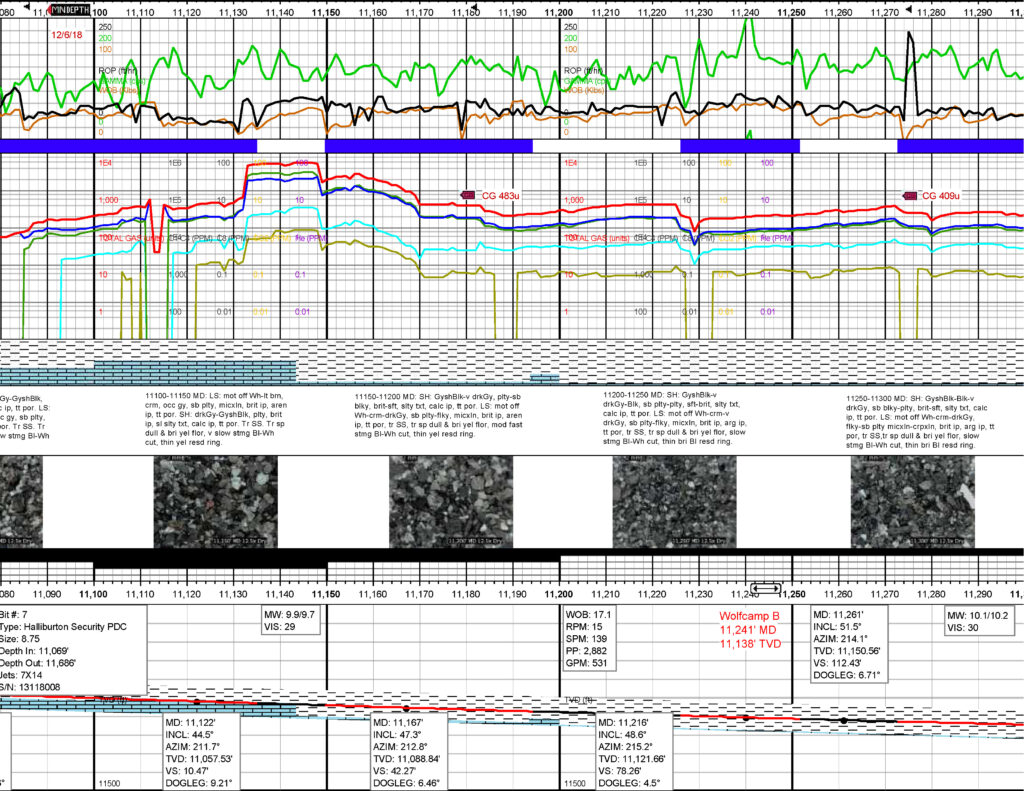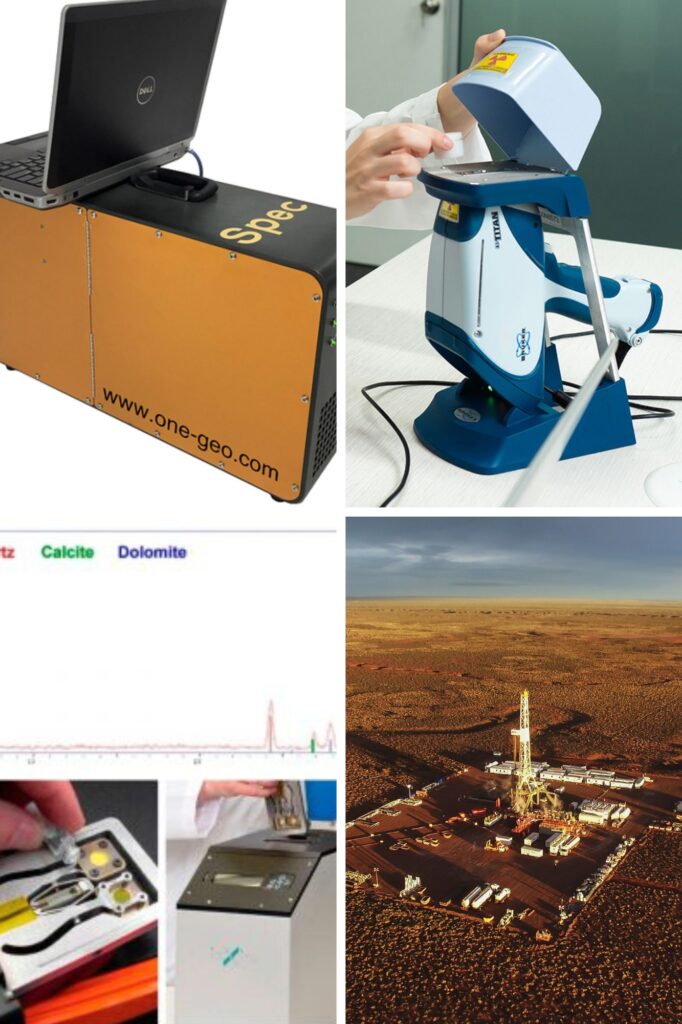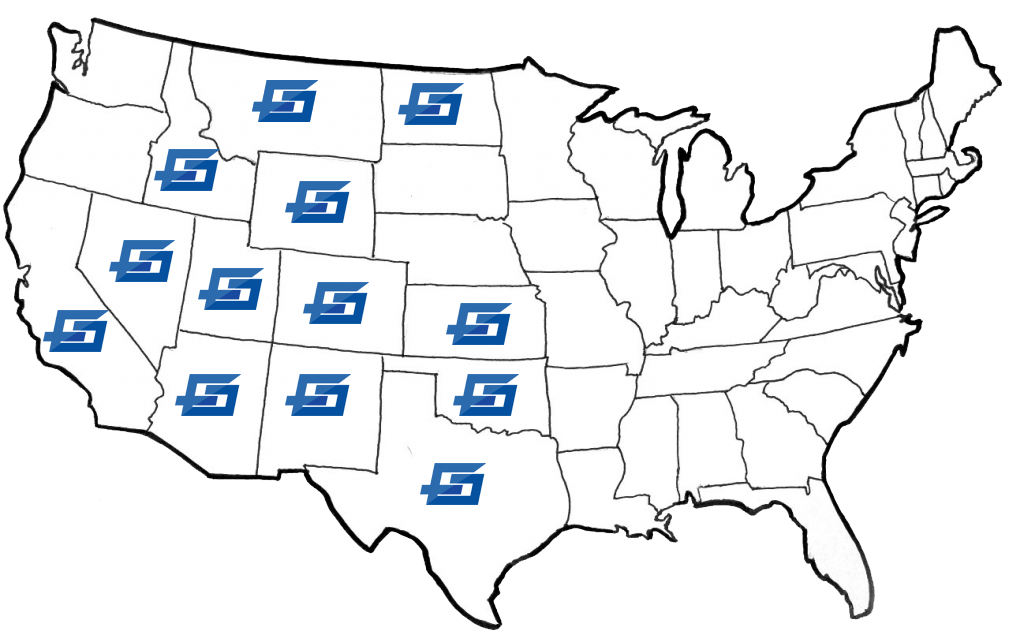Why Consistency in Well Logs and Lithology Descriptions Matters
In the oil and gas industry, decisions worth millions are made based on data collected from a borehole often just a few inches wide. That’s why the consistency and accuracy of well log data, especially lithology descriptions, are absolutely critical. Whether it’s for exploration, development, or production planning, clear and standardized geologic data can be the difference between hitting pay and missing the mark entirely.

Why Well Log Consistency Matters
Well logs are more than just a record—they’re a geological narrative of the subsurface. From gamma-ray and resistivity curves to mud logs and geochemical profiles, every data point helps build a 3D picture of the formation. But that picture only has value if it’s consistent and trustworthy across wells, formations, and interpreters.
Inconsistent terminology, logging styles, or subjective interpretations make it difficult for operators, geologists, and engineers to speak the same language when it comes to the subsurface. That’s why at FGS, we emphasize rigorous internal standards and consistent log presentation formats across every project.
Common errors we have occasionally observed in logs:
- Inconsistent sample and lithology descriptions, including large variance between mud loggers; cutting and pasting descriptions
- Duplicated sample photography, like cutting and pasting a sample photo and reusing it throughout the log
- Not particularly informative or detailed logs
The Role of Accurate Lithology Descriptions
If logs are the language of the subsurface, lithology descriptions are the grammar that makes that language make sense.
Accurate lithology descriptions help define:
- Reservoir quality – Grain size, sorting, and matrix composition impact porosity and permeability.
- Seal integrity – Understanding clay content and compaction can help predict cap rock effectiveness.
- Fluid migration pathways – Structural and stratigraphic traps can only be identified with confidence if lithological boundaries are clearly defined.
- Well placement and geosteering decisions – Real-time lithology descriptions guide critical directional drilling choices in tight formations.
But just as important as accuracy is repeatability. At FGS, we invest in both the training and tools—like X-Ray Fluorescence analyzers, X-ray diffraction for bulk percentage mineralogy, gas chromatographs, mass spectrometry and custom web applications—to ensure our lithological descriptions aren’t just accurate, but consistently accurate across teams and time.

Raising the Standard with FGS
At Field Geo Services, we combine boots-on-the-ground geologic expertise with cutting-edge technologies to deliver consistent, high-resolution well log data. Our team of experienced wellsite geologists and mudloggers follow rigorous documentation protocols, and our QA/QC processes ensure that every lithology call is defensible and aligned with regional stratigraphic frameworks.
With integrated services like mass spectrometry, XRF, and advanced gas analysis, we’re not just describing rocks—we’re quantifying them. That level of precision elevates your log from a field tool to a reservoir decision-making asset.
Ready to Raise the Standard on Your Next Well?
Let’s talk about how FGS can deliver the consistent, high-quality data you need for smarter decisions. Would you like to request a bid or schedule a call with our team? Reach out anytime at sales@fieldgeoservices.com.


